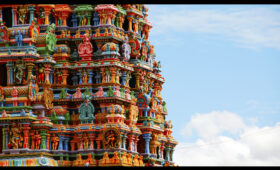India, celebrated for its remarkable cultural and spiritual diversity, holds a treasure trove of wonders within its borders. Among these treasures, Bhubaneswar, the capital of Odisha, shines brightly as the “Temple City of India“. Its name, derived from “Tribhuvaneswar,” meaning the “Lord of Three Worlds,” underlines its profound cultural and spiritual significance. This is a city that stands as a testament to India’s rich history and is called the Temple City of India because it is home to over 500 temples.
Geographical Location: Where East Meets West
Situated on the eastern coast of India, overlooking the Bay of Bengal, Bhubaneswar – Temple City of India serves as a crucial gateway to the eastern region of the country, where ancient traditions meet the modern world.
The Heart of the Temple City: Bhubaneswar
The name “Bhubaneswar,” meaning “God’s World,” showcases the city’s role as a cultural and spiritual epicenter that captivates visitors from across the globe.
Historical Significance: Ancient Capital of Kalinga
Bhubaneswar has deep historical roots as the ancient capital of the illustrious Kalinga dynasty. It witnessed a pivotal moment in history during the Battle of Kalinga, a significant clash between Emperor Ashoka and the Kalinga Army. This battle led to Ashoka’s transformation into a follower of Buddhism, shaping the city’s cultural identity.
A Multitude of Temples: The Divine Pantheon
Bhubaneswar is adorned with a treasure trove of temples, each with unique significance. The city’s rich temple tradition primarily revolves around devotion to Lord Shiva, with some of the most prominent temples being:
- Lingaraj Temple
- Rajarani Temple
- Ananta Vasudeva Temple
- Muktesvara Temple
- Brahmeshwar Temple
- Yogini Temple
- Bhringesvara Siva Temple
- Bharateswar Temple
- Aisanyesvara Siva Temple
- Akhadachandi Temple
1. Lingaraj Temple
Dedicated to Lord Shiva, the Lingaraj Temple is a marvel of Kalinga architecture. With its towering spire and intricate carvings, it has captivated the devout and the curious for centuries.

2. Rajarani Temple
The Rajarani Temple, devoid of a presiding deity, is an architectural masterpiece adorned with ornate carvings and stunning architecture.
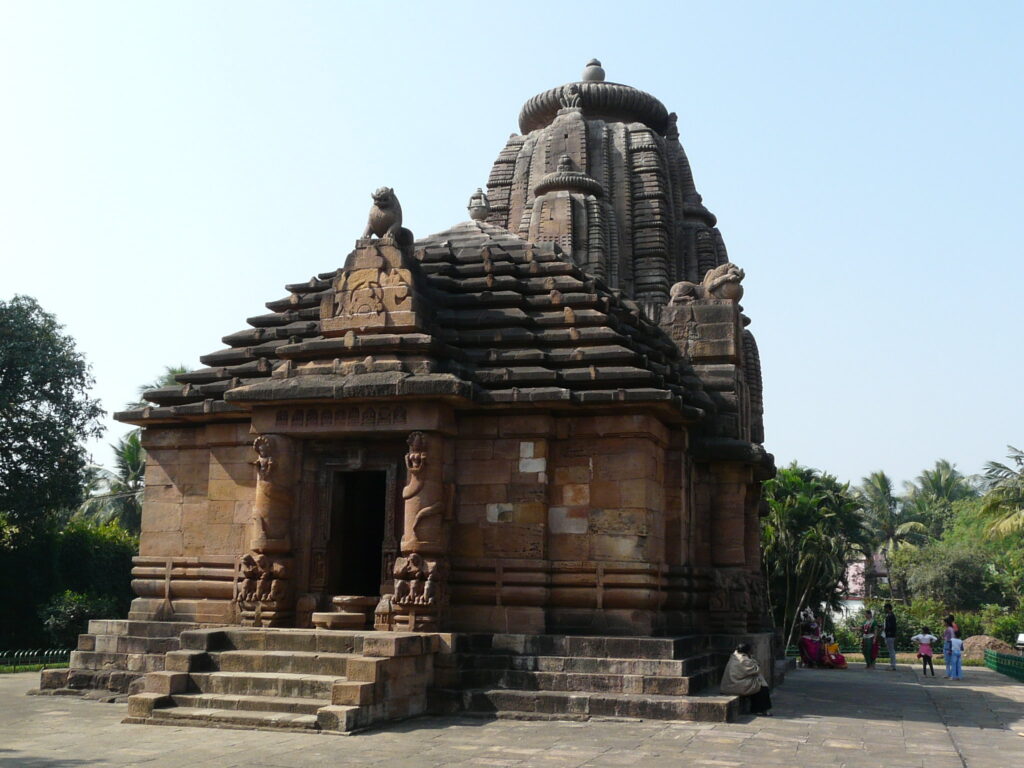
3. Ananta Vasudeva Temple
Dedicated to Lord Krishna, this temple offers a tranquil escape for seekers of divine wisdom, adorned with lotus flowers and gold coins symbolizing abundance.
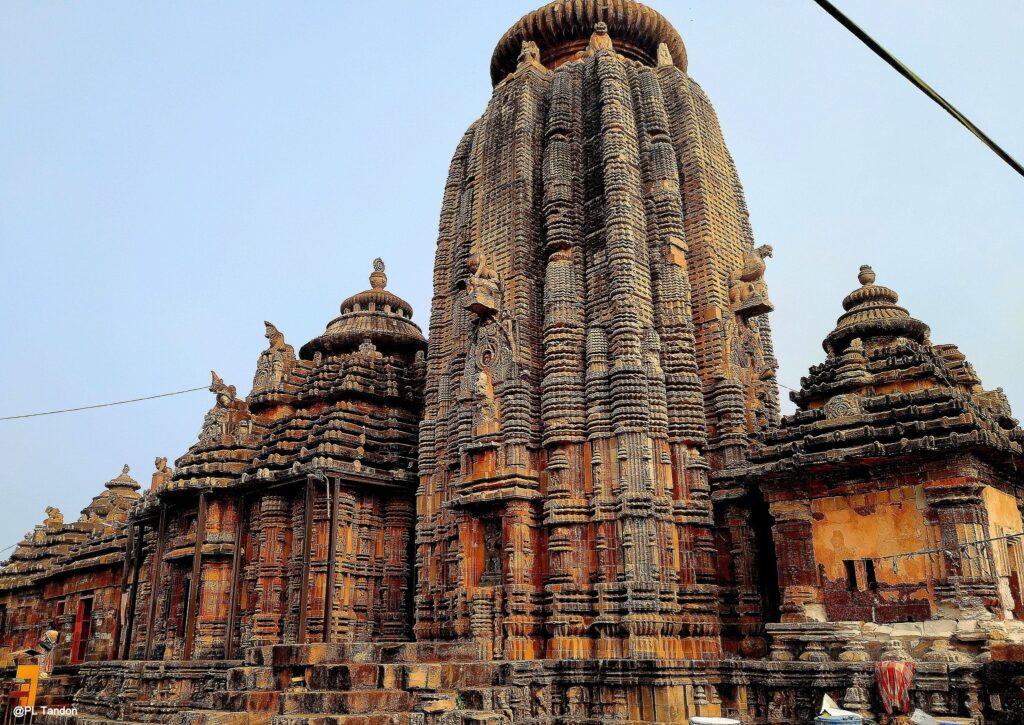
4. Muktesvara Temple
The Muktesvara Temple, known for its intricate carvings, marks a transition in temple architecture, where mythology and artistry converge beautifully.
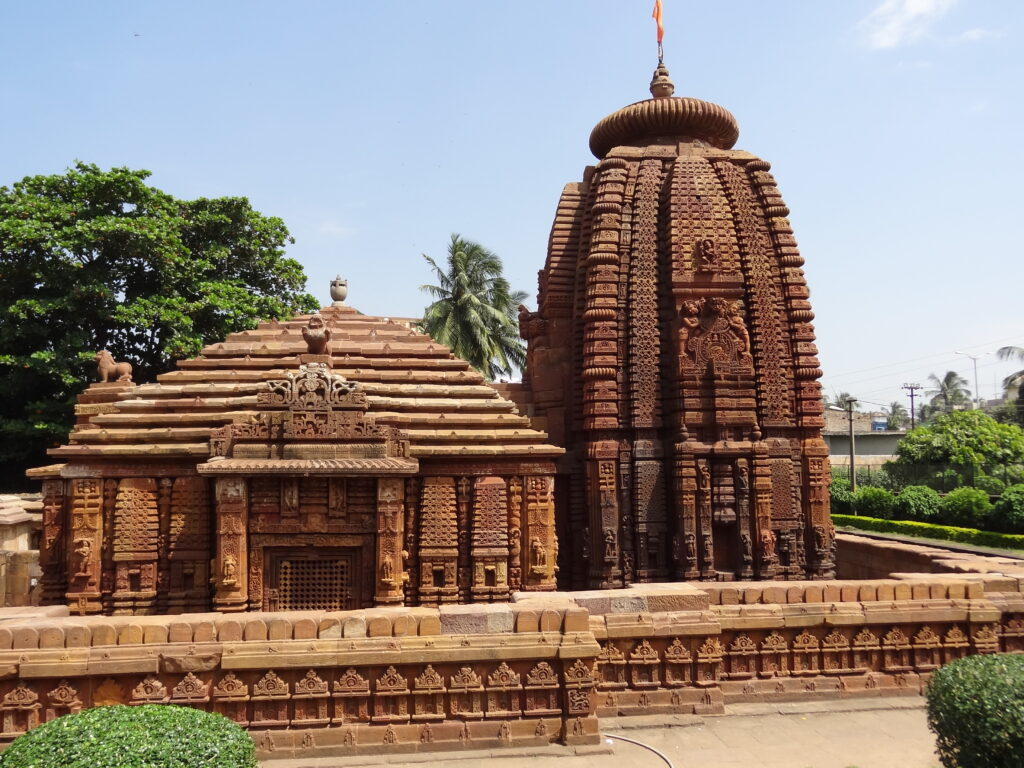
5. Brahmeshwar Temple
Dedicated to Lord Shiva, the Brahmeshwar Temple showcases the essence of Kalinga architecture, symbolizing religious devotion and architectural brilliance.

6. Yogini Temple
One of the four major Yogini temples in India, this temple reflects the significance of the yogini cult in Bhubaneswar’s history and spirituality.
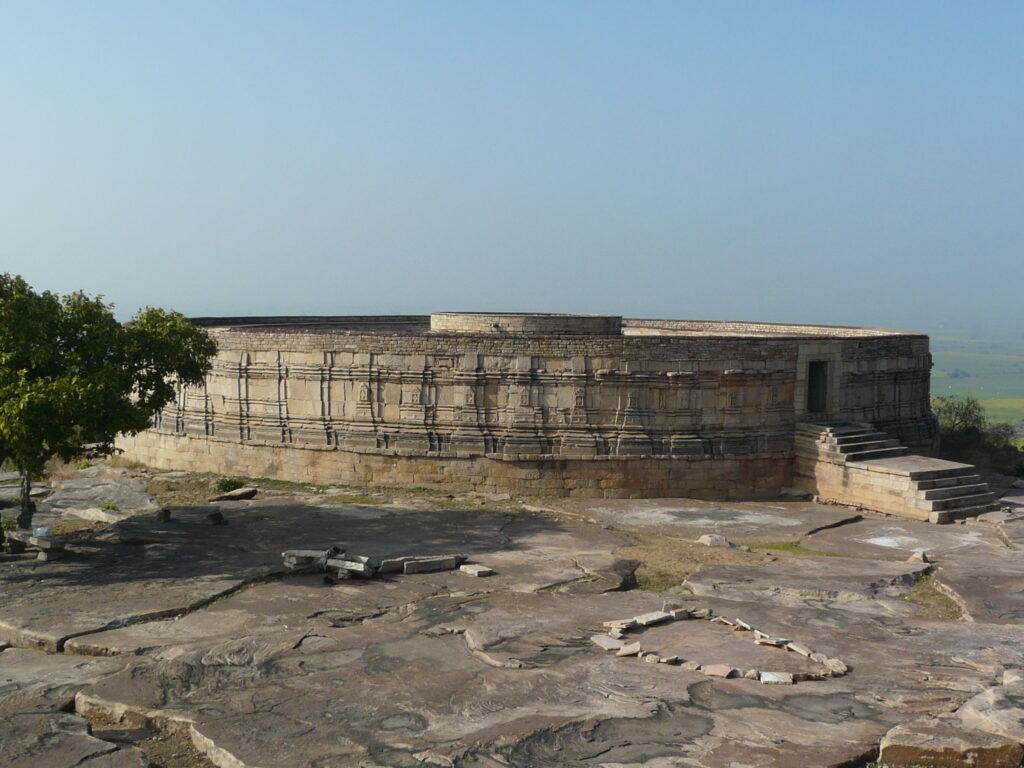
7. Bhringesvara Siva Temple
The Bhringesvara Siva Temple, a lesser-known gem, symbolizes simplicity and offers a peaceful space for reflection.

8. Bharateswar Temple
This temple dedicated to Lord Shiva adds to the spiritual sanctity of Bhubaneswar, connecting devotees and history enthusiasts with the city’s religious roots.
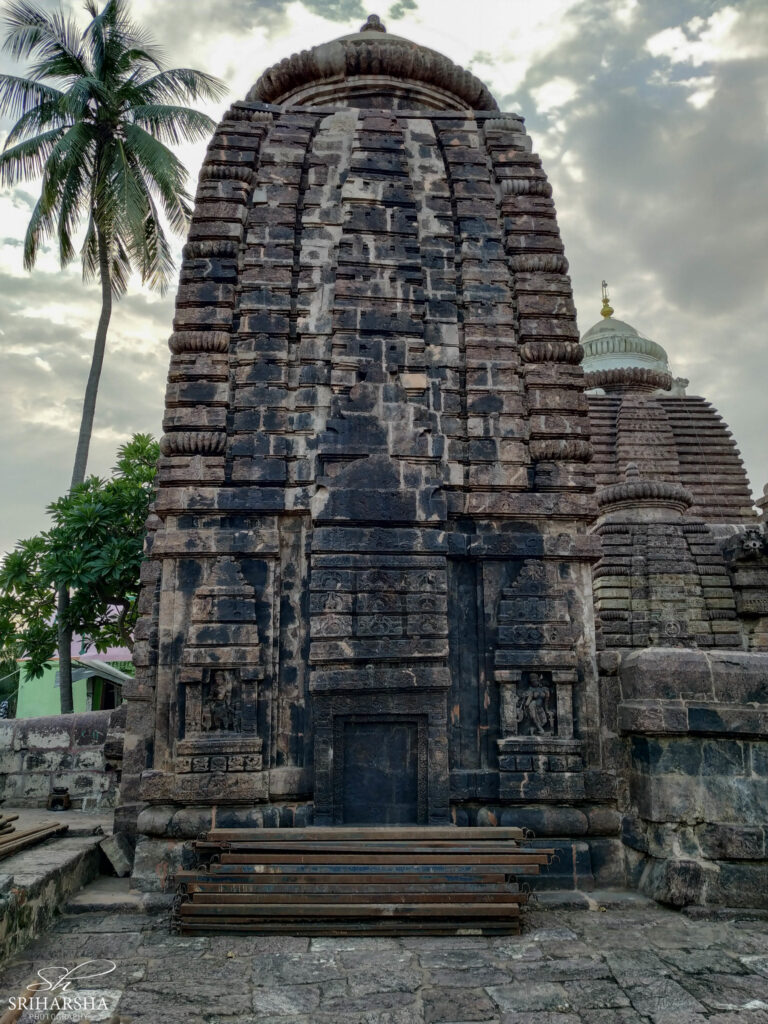
9. Aisanyesvara Siva Temple
Another temple devoted to Lord Shiva, the Aisanyesvara Siva Temple invites visitors to experience the spiritual ambiance that Bhubaneswar is known for.
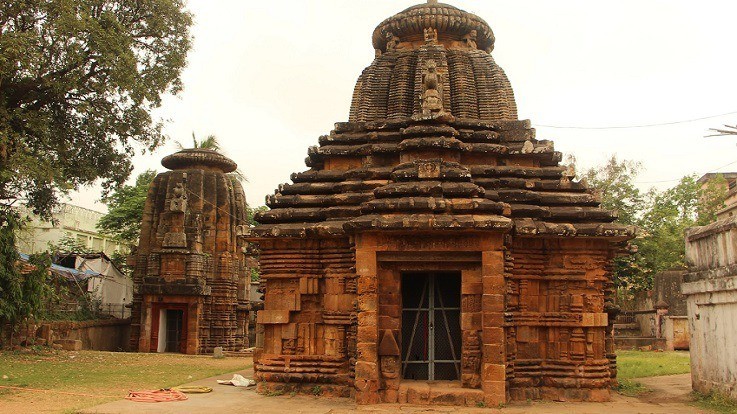
10. Akhadachandi Temple
Dedicated to Goddess Durga, this temple represents the harmonious coexistence of different faiths in Bhubaneswar.
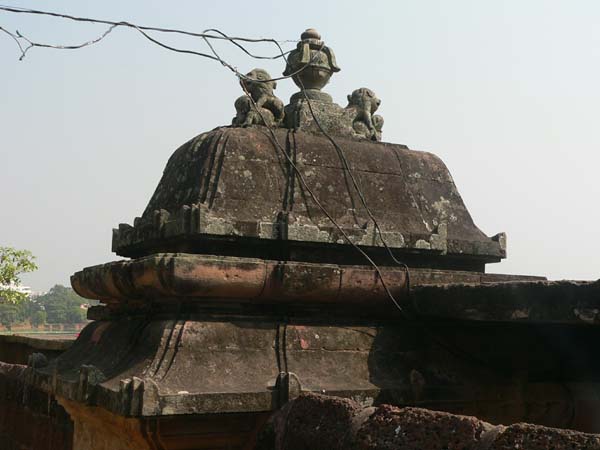
A City of Spiritual Confluence
While Bhubaneswar’s temples predominantly celebrate Lord Shiva, the city is a confluence of Buddhist, Hindu, and Jain traditions, showcasing its inclusive and harmonious spiritual landscape. The temples, ancient caves, and cultural festivals highlight the city’s rich diversity.
Conclusion: A Cultural and Spiritual Treasure
Bhubaneswar is not merely a city; it’s a living testament to India’s spiritual and cultural heritage. Whether you’re drawn to history, art, spirituality, or simply seek to witness the confluence of diverse traditions, Bhubaneswar welcomes you with open arms. It’s a city where faith, art, and history coexist, leaving an indelible mark on your soul.
Plan your visit to the “Temple City of India,” and let Bhubaneswar’s ancient temples and vibrant traditions guide you on a spiritual and cultural journey that transcends time. As you explore this city, you’ll not only witness its rich past but also become part of a living legacy, where the spiritual and cultural wealth of India thrives in every corner.




